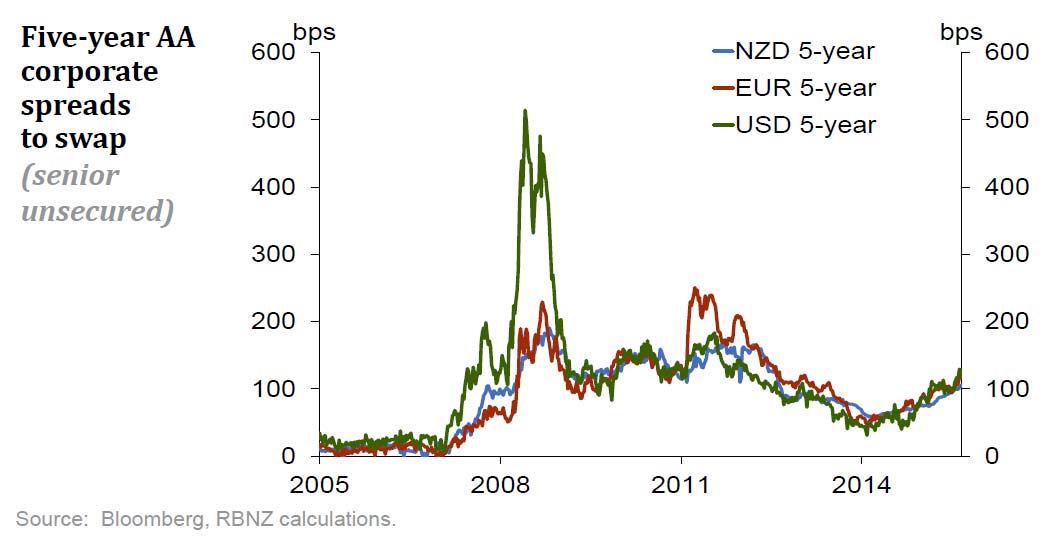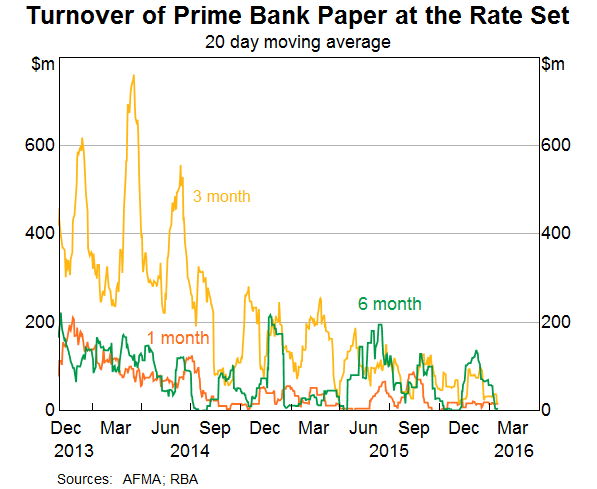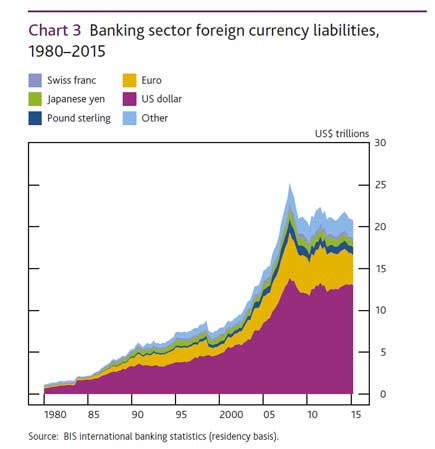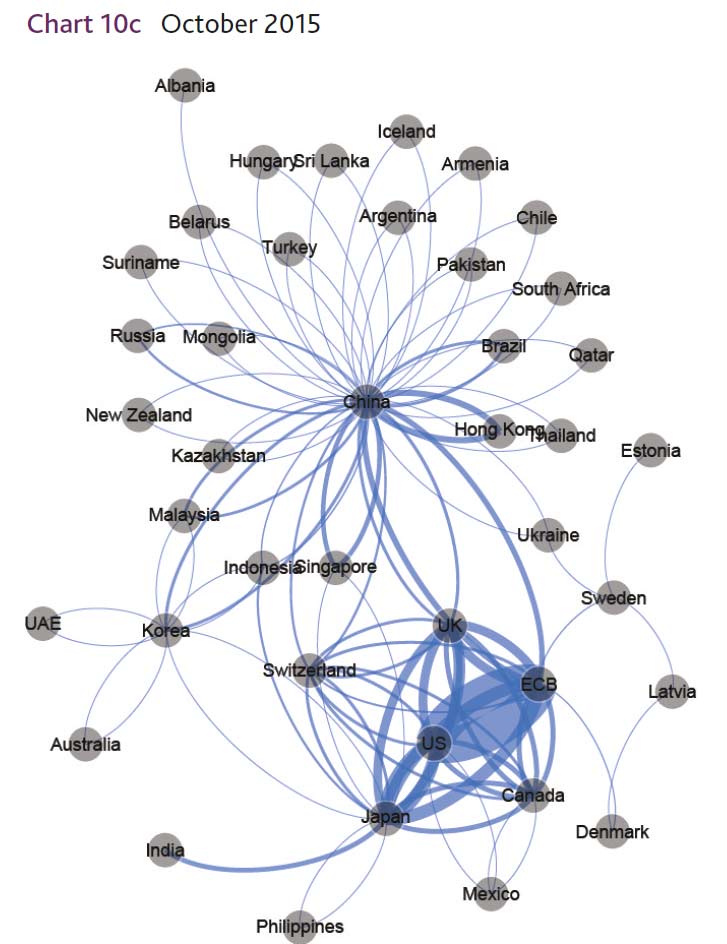Much of the focus on the insider trading case of Oliver Curtis has been on the titillating details of the man’s social life, his wife and past relationship with his partner in crime John Hartman. However all this misses the point, it’s not about what the pair gained and stand to lose from the insider trading, it’s what we all lost.
Last week Curtis was found guilty of insider trading. His unethical behaviour hurts your retirement wealth and damages the integrity of our investment systems. It’s true that he wasn’t an “insider” to the companies he was trading. He had no knowledge of CEO and Board decisions or other company-specific material price-sensitive non-public information.
Rather, Curtis was receiving non-public information about buying and selling taking place at a friend, John Hartman’s, funds management firm. The firm Hartman worked for, Orion Asset Management, managed around $6 billion of funds at the time and the trades Hartman was privy to were often sufficiently large to affect prices.
The illegal trading took place through 45 buys and sells of “contracts for difference’ (CFDs) between May 2007 and June 2008. In simple terms, CFDs are securities which allow the holder to bet on stock gains and losses.
Most trades don’t affect prices, in a way that most fish don’t create waves. Large value ‘block’ trades though can impact prices like a humpback whale breaching.
Curtis was “front-running” these large trades using CFDs. Front running is a practice of placing orders ahead of upcoming block trades in order to benefit from the anticipated up or down movement it will have on the stock price. ASIC estimated the net profits Curtis made through this strategy amounted to over $1 million.
What’s the problem?
While there are legal forms of front running and insider trading, the kind of trading undertaken by Curtis is illegal for good reason. It is widely considered unethical, adds to the costs of investing, and destabilises core financial systems.
It is hard to believe Curtis and Hartman did not know they were breaking the law, particularly given Hartman’s testimony and the unambiguous wording. The ethics of insider trading, however, can be more complex.
In 1990, Jennifer Moore argued that the key ethical considerations are: fairness, ownership of property rights, and harm. Curtis was unethical in each of these ways.
Curtis and Hartman took advantage of an unfair access to information that the rest of the market didn’t have about large pending trades. Hartman’s employer owned the rights to that information and did not grant permission for that information to be shared.
While there appeared to be no victims, front running reduces the potential profits for those outside the illegal trade. In other words, other market participants were disadvantaged.
That disadvantage translates to added costs of investing and lower returns for everyone else. That includes the $350 billion of ordinary Australians’ superannuation wealth tied up in ASX traded securities.
This is the first major point that has been lost with the misdirected focus on the socialite’s Instagram pages.
Destabilising the system
The second and even more critical risk, however, is the potential erosion of the integrity of our financial systems. Lawful investors may shift their portfolios to other markets if they consider that there may be other illegal insider traders like Curtis still out there. Why play in system rigged against you?
One argument thrown up as a defence for insider trading is that if the insiders bring information to the market sooner, then prices will be more efficiently priced. There is little empirical evidence to indicate this works in reality.
Stock price efficiency is based on what is known about a company. Prices are most efficient when they reflect all known information, and “discovering” this efficient price is when new information (such as earnings announcement, CEO retirement, etc) becomes known.
Recent research on this topic in the U.S. found that insiders benefit for themselves with little of their inside information spilling over to benefit the public through more efficient prices. Strict regulation deters illegal insider trading with minimal adverse impact on this price discovery process.
The unscrupulous will continue to pursue ways to counter regulations. Recent studies detecting shifts in informed trading away from more heavily monitored equities markets to derivative and bond markets (which currently have less public data monitoring) point to this.
The public should expect more from those managing their wealth. Glamourising the lifestyles of those who have broken the law and acted unethically damages the good work being done by many others in our financial institutions. Illegal insider trading is not a victimless crime and we should not let tabloid distraction make us forget that.
Author: , Lecturer in Finance, University of Sydney




